JIS G3113 Structural Automobile Hot Rolled SAPH370 Steel
What is SAPH370 Steels? SAPH370 steel is a structural Hot Rolled steel in the form of plates, sheets & strips for automobile structural usages. SAPH370 is a material grade and designation defined in JIS G 3113 standard. JIS G 3113 is a Japanese material standard for Hot Rolled steel plates, sheets, strips for automobile structural usage. The structural quality hot rolled SAPH 370 steel is more reliable in its tensile strength than SAPH310 steel. It can be used in automobile applications where more strength is needed & the material does not fail. Dimensional Characteristics of SAPH370 Steels: The applicable thickness for this SAPH370 material as defined in the JIS 3113 starts from 2 mm to 14 mm. However the width of SAPH370 material ranges to 950 to 2000 mm.
The Chemical Composition of SAPH370 Steels: JIS G 3113 defines the chemical composition of SAPH370 steels as under:
Carbon (C) is not identified in the standard.
Manganese (Mn) is not identified in the standard.
Maximum percentage of Phosphorous (P) is 0.040 percent.
Maximum percentage of Sulphur (S) is 0.040 percent.
Remaining is iron (Fe) percentage and with few negligible impurities.
Mechanical Properties of SAPH370 Steels: The tensile strength of the SAPH370 Steels is expressed in Newton per millimeters and it must be at-least 370 N/mm2 (MPa). The yield strength is minimum 215 to minimum 225 N/mm2 (MPa) depending on the thickness, lower thickness gauges below 8mm are required with minimum 225 N/mm2 and the higher gauges from 8 mm require 215 N/mm2 minimum yield strength. The elongation property of SAPH370 steel varies with the ranges of thickness. The minimum percentage ranges for elongation is 25 to 32 minimum.
Some other hot rolled commercial quality materials are also used in industrial applications, SPHC steel comparison with this grade of SAPH370 material will show how structural automobile hot rolled steel differs with commercial quality SPHC steel in chemical composition & mechanical properties.



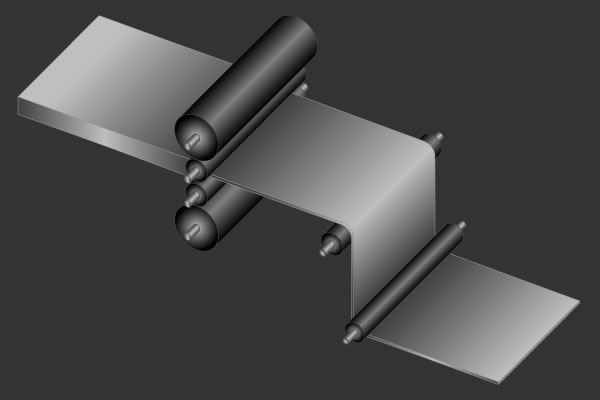
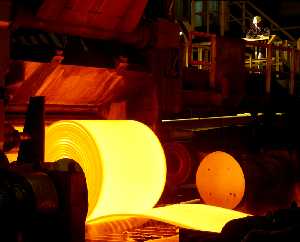
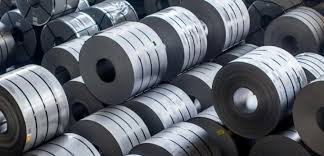
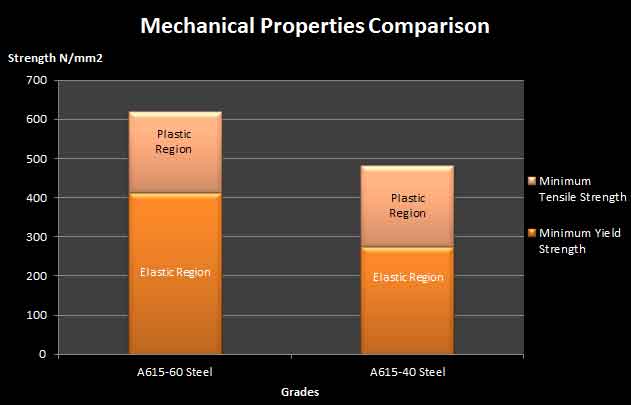
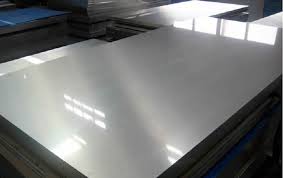
Why carbon and manganese % is not added in JIS standard? What should be the minimum and maximum % for 2.3mm thick sheet? And which composition will be good to avoid minor hair cracks at weld joint